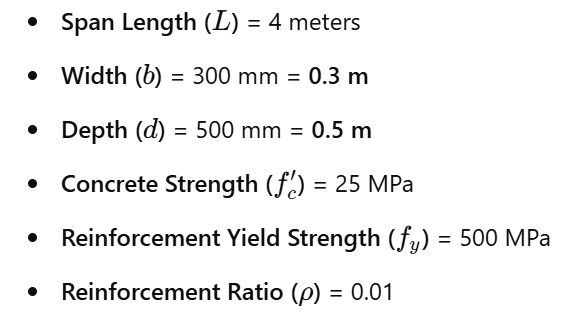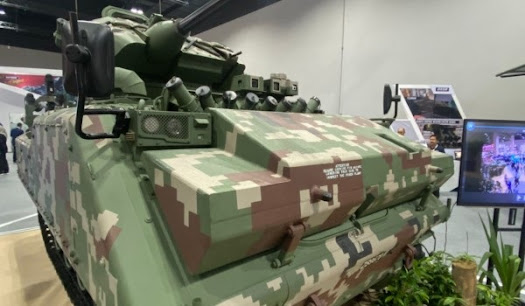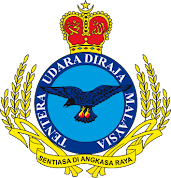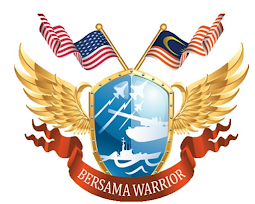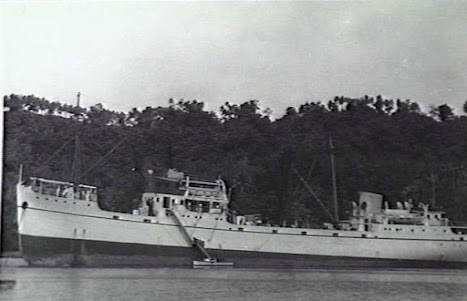Between 2023 and 2025, Malaysia's retail and e-commerce sectors have experienced significant growth, driven by technological advancements, evolving consumer behaviors, and supportive government initiatives. 1.0 Growth Trajectory
1.1 Market Expansion
In 2023 alone, Malaysia's e-commerce market reached approximately $10.2 billion, marking a 12.2% increase from the previous year.
Projections indicate that by 2028, the market will grow at a compound annual growth rate (CAGR) of 8.5%, reaching $15.7 billion.
2.0 Mobile Commerce Surge
The rise in smartphone usage has propelled mobile commerce, with mobile transactions accounting for over 50% of all online transactions. This trend is expected to continue, emphasizing the importance of mobile-optimized platforms for retailers.
3.0 Key Developments
3.1 Government Initiatives
The National eCommerce Strategic Roadmap (NESR) has been pivotal in promoting e-commerce adoption among small and medium-sized enterprises (SMEs). Between 2016 and 2023, approximately 1.51 million SMEs embraced e-commerce, enhancing their market reach and operational efficiency.
3.2 Alternative Payment Methods
In 2023, alternative payment solutions, including digital wallets and bank transfers, accounted for 35.7% of e-commerce transactions. This shift reflects consumers' preference for convenient and secure payment options.
4.0 Impact on the ASEAN Region
Malaysia's e-commerce growth significantly influences the broader ASEAN market. Among them :
4.1 Regional Trade Enhancement
The expansion of Malaysia's e-commerce facilitates increased cross-border trade within ASEAN, promoting regional economic integration and providing consumers with a wider array of products.
4.2 SME Empowerment
E-commerce serves as a crucial export enabler for ASEAN-6 micro, small, and medium-sized enterprises (MSMEs). Notably, 90% of these MSMEs reported that they would not be able to export without e-commerce platforms, underscoring the sector's role in regional economic development.
Conclusion
From 2023 to 2025, Malaysia's retail and e-commerce sectors have undergone substantial growth, driven by technological adoption, supportive policies, and changing consumer preferences. This progression not only bolsters Malaysia's economy but also contributes to the economic dynamism of the ASEAN region.
HOW ARTIFICIAL INTELLIGENCE BECOMES A GAME CHANGER IN RESHAPING MALAYSIA’S RETAIL AND E-COMMERCE SECTORS
1.0 AI and Digital Transformation in Malaysia's Retail and E-Commerce
1.1 Enhanced Customer Experience
Malaysian e-commerce platforms are leveraging AI to personalize shopping experiences. For instance, Lazada utilizes AI combined with Augmented Reality (AR) to offer personalized skincare solutions, allowing users to analyse their skin and receive tailored product recommendations.
1.2 Operational Efficiency
AI-driven tools are streamlining operations. Shopee's AI chatbot, Sophie, managed 18 million chats in 2023, resolving 80% of cases without human intervention, thereby enhancing customer satisfaction and reducing operational costs.
1.3 Fraud Detection
Payment platforms like iPay88 employ AI to monitor transaction patterns, enabling real-time fraud detection and ensuring secure online transactions.
2.0 Government Initiatives
The Malaysian government is actively fostering AI development. In December 2024, it established the National Artificial Intelligence Office to spearhead AI policy and regulation, aiming to position Malaysia as a regional AI hub.
3.0 Impact on the ASEAN Region
3.1 Economic Growth
AI is projected to boost Southeast Asia's GDP by 10% to 18% by 2030, translating to nearly $1 trillion.
3.2 Digital Integration
ASEAN countries are increasingly adopting digital technologies, enhancing regional connectivity and economic integration. Initiatives like the ASEAN Digital Economy Framework Agreement aim to standardize electronic processes, facilitating seamless digital trade across member states.
Conclusion
In summary, AI and digital transformation are pivotal in advancing Malaysia's retail and e-commerce sectors, contributing to economic growth and fostering deeper integration within the ASEAN region.























